China Caixin PMI manufacturing dropped to 51.0 in March, down from 51.6 and missed expectation of 51.7. That’s also the lowest level in four months.
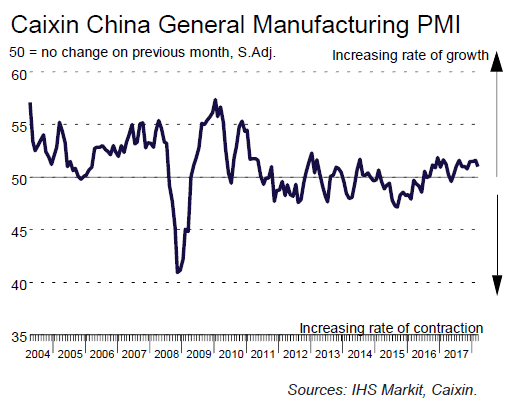 Quotes from the release by Dr. Zhengsheng Zhong, Director of Macroeconomic Analysis at CEBM Group:
Quotes from the release by Dr. Zhengsheng Zhong, Director of Macroeconomic Analysis at CEBM Group:
- “The Caixin China General Manufacturing PMI fell to 51.0 in March. The sub-indices of output and employment both fell from the previous month, while new orders increased at a slightly slower rate, highlighting that the deceleration in the manufacturing sector was mainly driven by the supply side and that demand has remained relatively stable.
- “Output prices rose at a faster pace in March than in the previous month while the increase in input costs weakened markedly, which will help shore up manufacturers’ profits.
- “The willingness of companies to restock waned as, apart from a slower expansion in output, the growth rates in stocks of finished goods and stocks of purchases also declined in March.
- “Overall, the manufacturing PMI reading in March showed that demand was not as strong as expected, leading to lower willingness of manufacturers to produce and restock. However, the ability of manufacturers to make a profit was beefed up by the stable increase in new orders and the much slower jump in input costs.
- “The growth momentum of the Chinese manufacturing economy may have weakened in March, but at a marginal pace.”
Released over the weekend, however, the official China PMI manufacturing rose to 51.5, up from 50.3. Official PMI manufacturing rose to 54.6, up from 54.4.




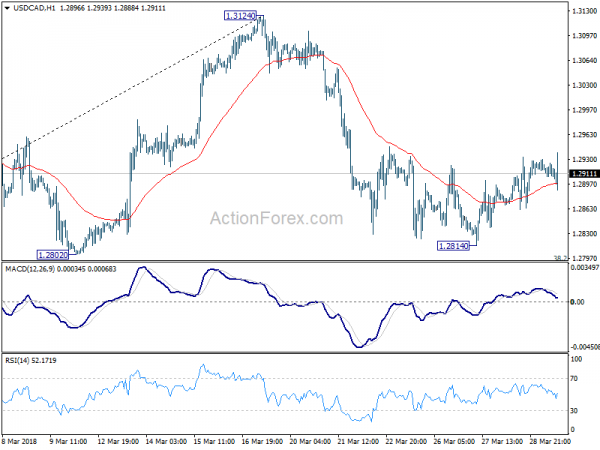
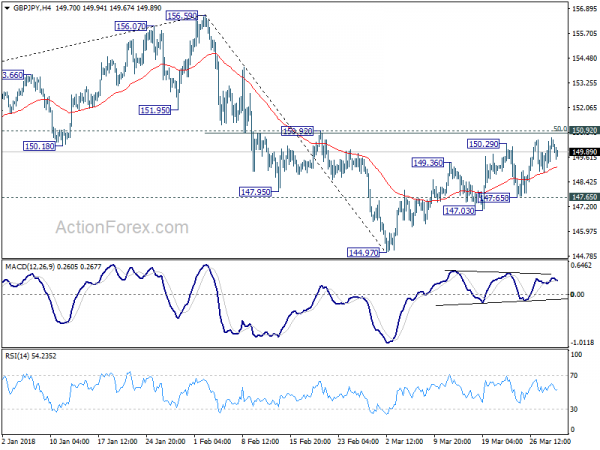
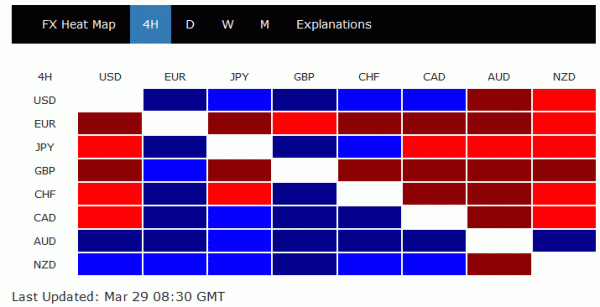
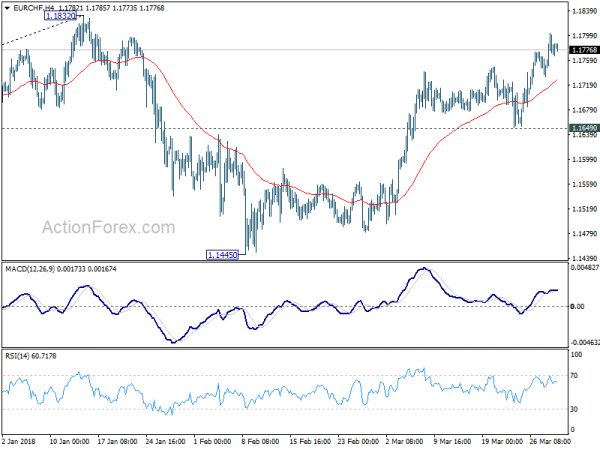
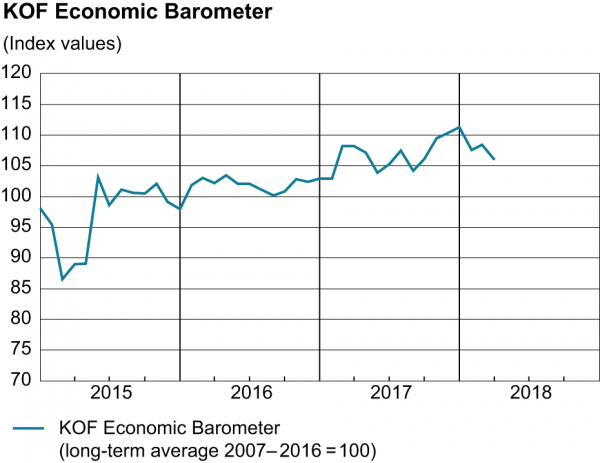
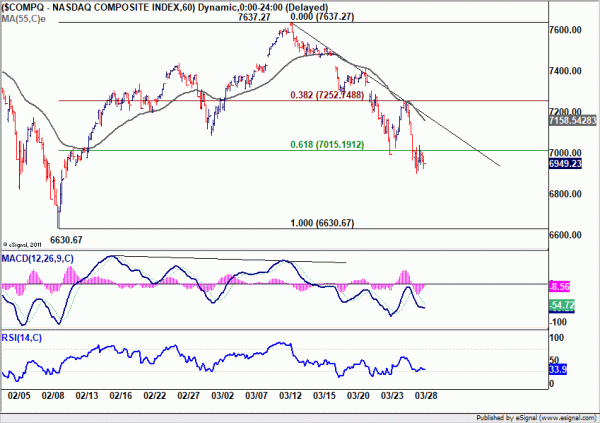
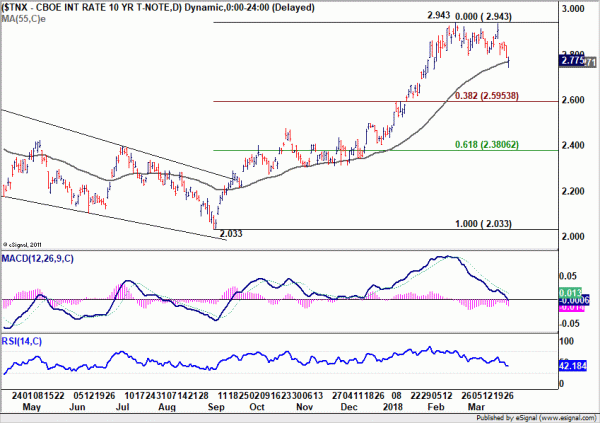
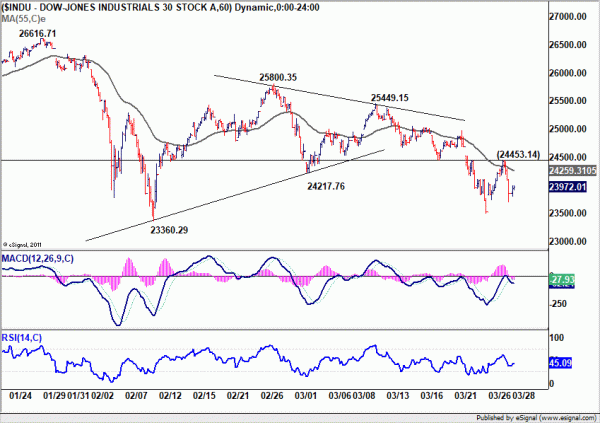
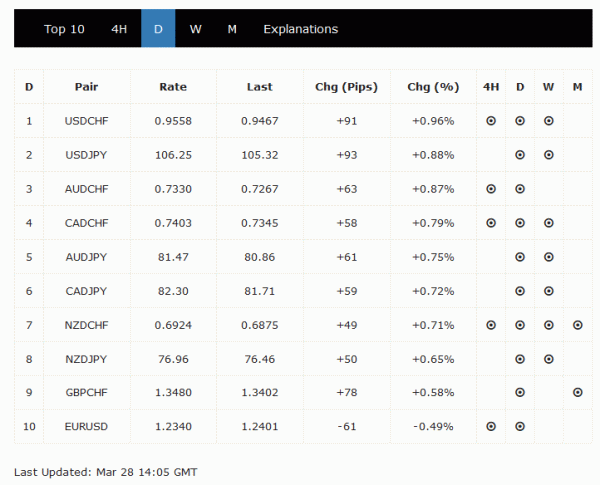
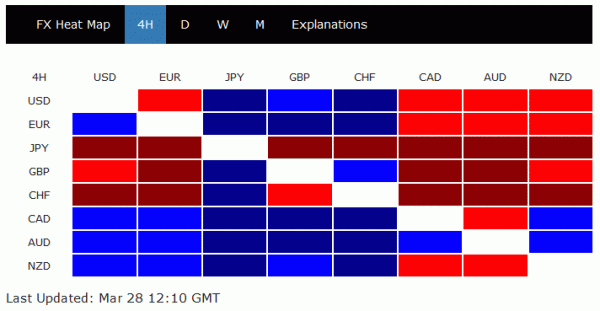
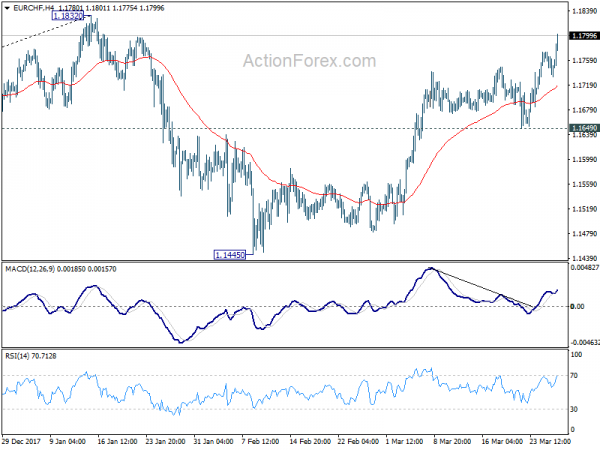
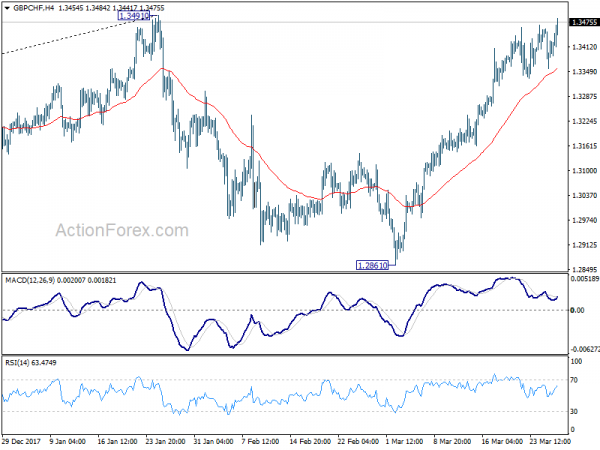
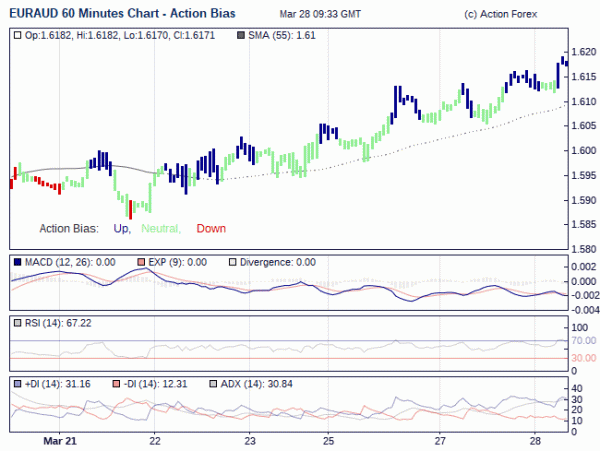
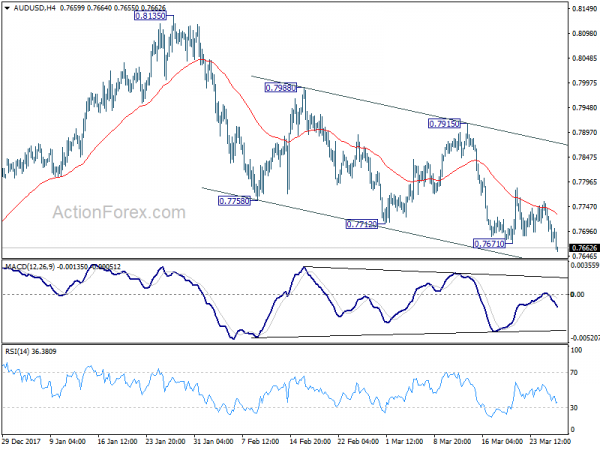
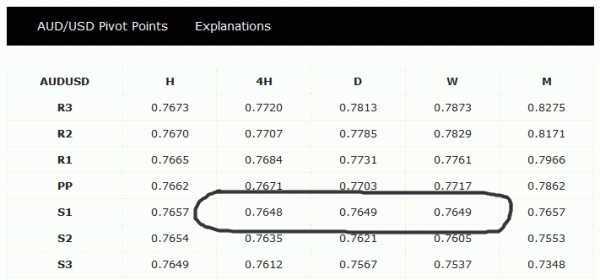

China starts tariffs on 128 US products, in response to 232 steel tariffs
China formally starts the tariffs on 7 types, 128 products from the US today, according to a statement (link in simplified Chinese) by the Ministry of Finance. This is part of the packaged announced last month which targets up to USD 3b in imports. And it’s a counter measure to the 232 steel and aluminum tariffs of the US that’s non-geo-targeted.
China’s response is seen by many as symbolic so far, and refrained. And the impact should be negligible comparing to the size of the bilateral trading relationship between the countries. Also, it’s reported that the US is already in negotiation with China regarding a trade deal. However, for now, China is still holding the cards regarding the Section 301 tariffs, which are targeted on Chinese goods that adds up to USD 50-60b of value.
Talking about the Section 301 tariffs, Trump administration is expected to announce the list of products to be affected. It’s believed that the list will concentrate on those affected by intellectual property theft only. And a major portion would be cutting-edge technology products.